Really I’m not certain what parts of this soup make it Burmese-inspired, but what it is, is a 10 in flavor! MAKE THIS!
This recipe came from Food52, that website that is just chock-a-block full of recipes and ideas, posting about 8-10 new things every day, almost. Since sweet potato is something I can have on my diet (in small amounts) I decided to use up a sweet potato I’d purchased some weeks ago and needed to be used! I had a package of boneless chicken thighs in the freezer, so those were defrosted first, then they were marinated for a day in a mixture of turmeric, powdered ginger, ground coriander and a dash of oil.
Once I was ready to make the soup (which didn’t take all that long to do) I whizzed up in the food processor a handful of cilantro STEMS, some fresh garlic and a shallot. I was supposed to add a hot chile, but I forgot! Meanwhile, I used a big deep pot and I browned the sweet potato (peeled, cubed) in a bit of EVOO until at least 2 sides were golden-browned. It took 3 batches as you don’t want to crowd the pan (would steam rather than brown) and those were set aside. Then the chicken was added in and the pieces nicely browned for about 4-6 minutes, then that mixture I’d done in the food processor was added and allowed to cook a bit. Wow, the flavor wafting from the pan had my mouth watering. Then in went chicken stock and the sweet potatoes were added back in. Pan was covered and it simmered for about 15 minutes. The can of coconut milk was added, some fish sauce, broccoli and bok choy plus a bit of salt too. It simmered just long enough to smooth out. I didn’t eat it that day – I cooled it and refrigerated it overnight (and the coconut milk “fat” congealed on the top – but put that back into the soup – do NOT throw it out thinking it’s not healthy). I heated it up in the microwave and added some cilantro on top. I was supposed to add a quarter of a lime – I forgot to do that, too. I also didn’t make the fried shallot topping just because.
What’s GOOD: I just love-loved this soup. Everything about it. The broth is super-flavorful from the spices and the garlic and cilantro. The broth is thin – don’t expect a thick soup – it’s not. (Although you certainly could add rice or whiz up some of the sweet potato in the broth to thicken it some.) The pieces of chicken thigh were flavorful and tender. The soup was outstanding. I have a friend who is 75% Burmese – I asked her what veggies she would add – she suggested adding the broccoli and bok choy (not in the original recipe), so I’ve added those into into the ingredient list.
What’s NOT: only that it’s best to start this a day ahead, or two, because the chicken needs to marinate overnight, and the soup is best made a day ahead, as with all soups. Otherwise, the time to make the actual soup was only about 35-45 minutes total.
printer-friendly PDF and MasterCook 15/16 file (click link to open recipe)
* Exported from MasterCook *
Burmese Inspired Chicken Soup with Coconut Milk, Sweet Potato, Broccoli and Bok Choy
Recipe By: adapted slightly from Food52, 2016
Serving Size: 7
SOUP:
1 1/2 pounds boneless skinless chicken thighs
1 tablespoon ground ginger
1 tablespoon turmeric
1 tablespoon ground coriander
1 tablespoon grapeseed oil — or EVOO
2 cloves garlic
1 piece ginger — peeled (1 inch)
1 whole shallot — peeled
1 chili pepper — on the hot side (de árbol)
1 bunch cilantro
1/4 cup grapeseed oil — or EVOO
2 cups sweet potato — peeled, cubed
3 cups chicken stock
1 cup broccoli florets — (cut small) (optional)
1 1/2 cups baby bok choy — chopped small (optional)
3 cups unsweetened coconut milk
2 tablespoons fish sauce
2 limes — 1 juiced and 1 quartered
Salt to taste
SHALLOT TOPPING: (optional)
1 shallot — peeled, sliced thinly
1 cup grapeseed oil for frying the shallot
1. Cut the chicken thighs into about 1-inch pieces and marinate overnight with the dried ginger, turmeric, coriander, and 1 tablespoon of oil. If time doesn’t permit, simply toss the chicken pieces with the spices before you start cooking.
2. In a food processor, mince the garlic, ginger, shallot, dried chile, and the roots and/or stems of the bunch of cilantro.
3. In the bottom of a heavy-bottomed pan over medium-high heat, heat the oil. Then add the cubed sweet potato. Fry until golden brown on at least 2 sides of each cube. Scoop out of the pan, leaving the oil, and set aside. Add the chicken pieces (a few at a time so you can brown them without having them cool the pan down) and let them begin to brown. Season with a pinch of salt. When they are mostly browned, add the minced shallot-ginger-garlic-cilantro stem mixture and let cook out a little. Add a couple tablespoons of the chicken stock and let reduce until the mixture is soft and cooked. Add the rest of the chicken stock and the reserved sweet potatoes and bring to a simmer.
4. Meanwhile use the method below to fry the crispy shallots (this can also be done as much as a week ahead of time, as the shallots will keep in a closed container at room temperature for a week at least). Simmer the soup for about 10 minutes, until the chicken and sweet potatoes are close to tender. Add broccoli and bok choy, if using and simmer until vegetables are barely tender. Stir in the fish sauce, lime juice, and coconut milk and bring up to a simmer. Stir in a quarter cup of cilantro leaves and taste for salt. Serve garnished with the crispy shallots, a couple of sprigs of raw cilantro, and the lime wedges
6. SHALLOTS: In a sauté pan over medium heat, heat the oil. Add the shallots and stir frequently. As the oil continues to heat, the shallots will start to color. When they get to golden brown, scoop them out of the oil and drain on a paper towel. You want to pull them out of the oil a little before dark brown, as they’ll continue to cook and crisp up on the paper towel.
Per Serving: 302 Calories; 18g Fat (52.4% calories from fat); 19g Protein; 17g Carbohydrate; 2g Dietary Fiber; 74mg Cholesterol; 1112mg Sodium.







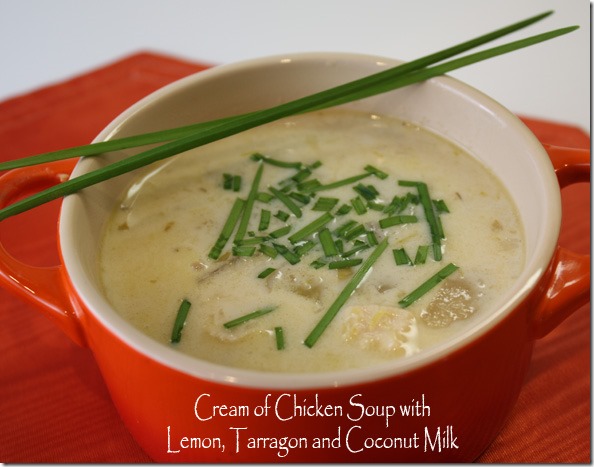
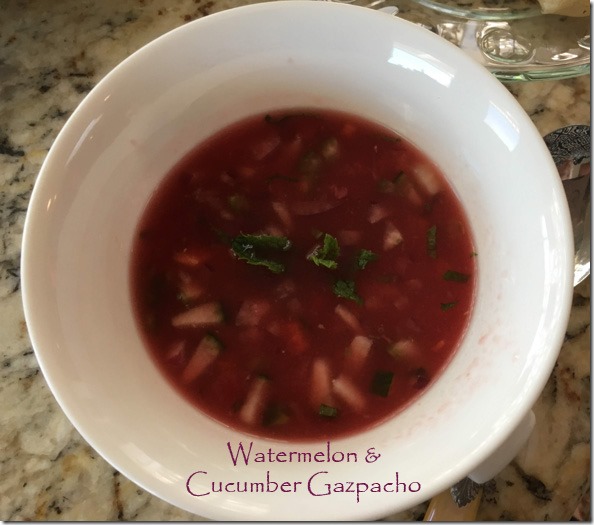
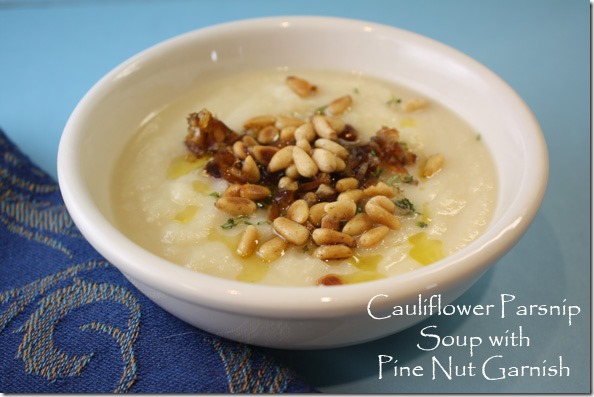
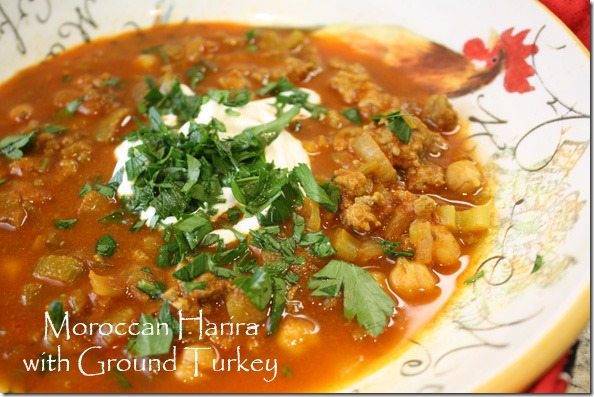


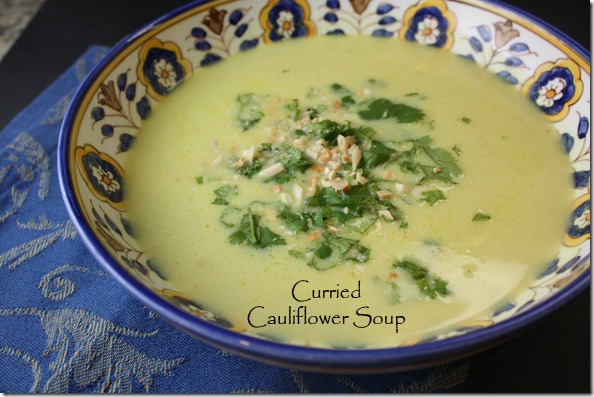
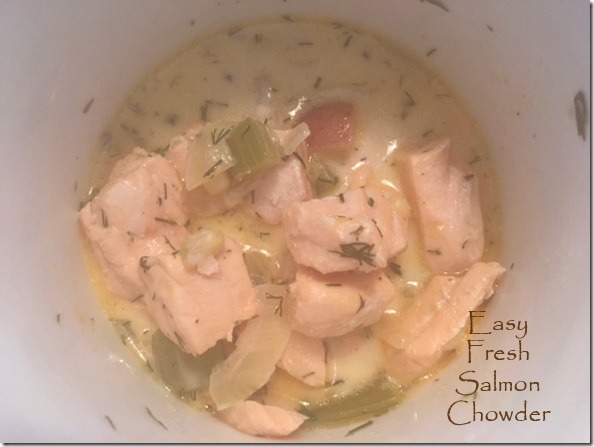
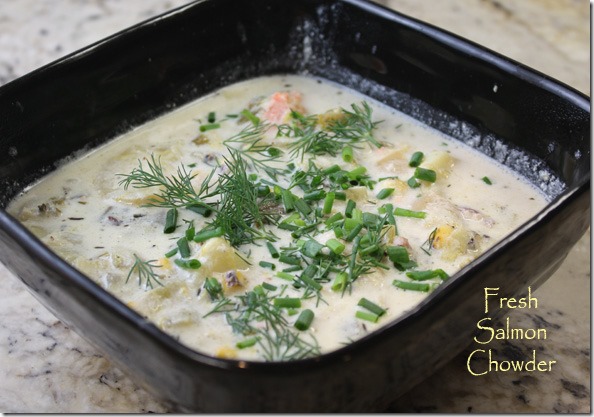
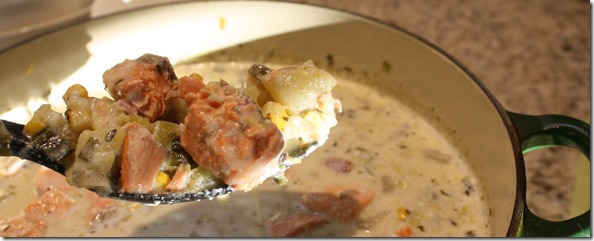
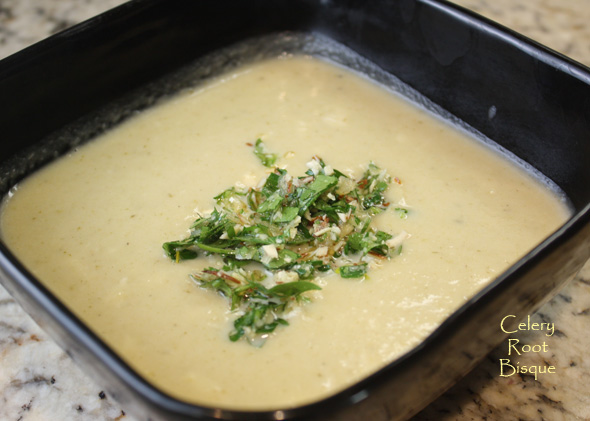
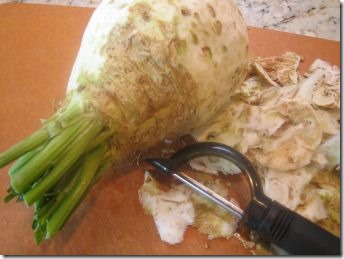
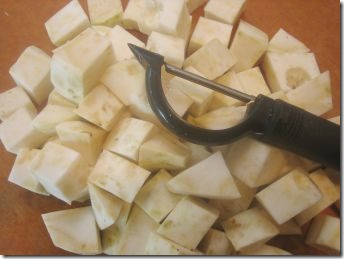
Leave a Comment!